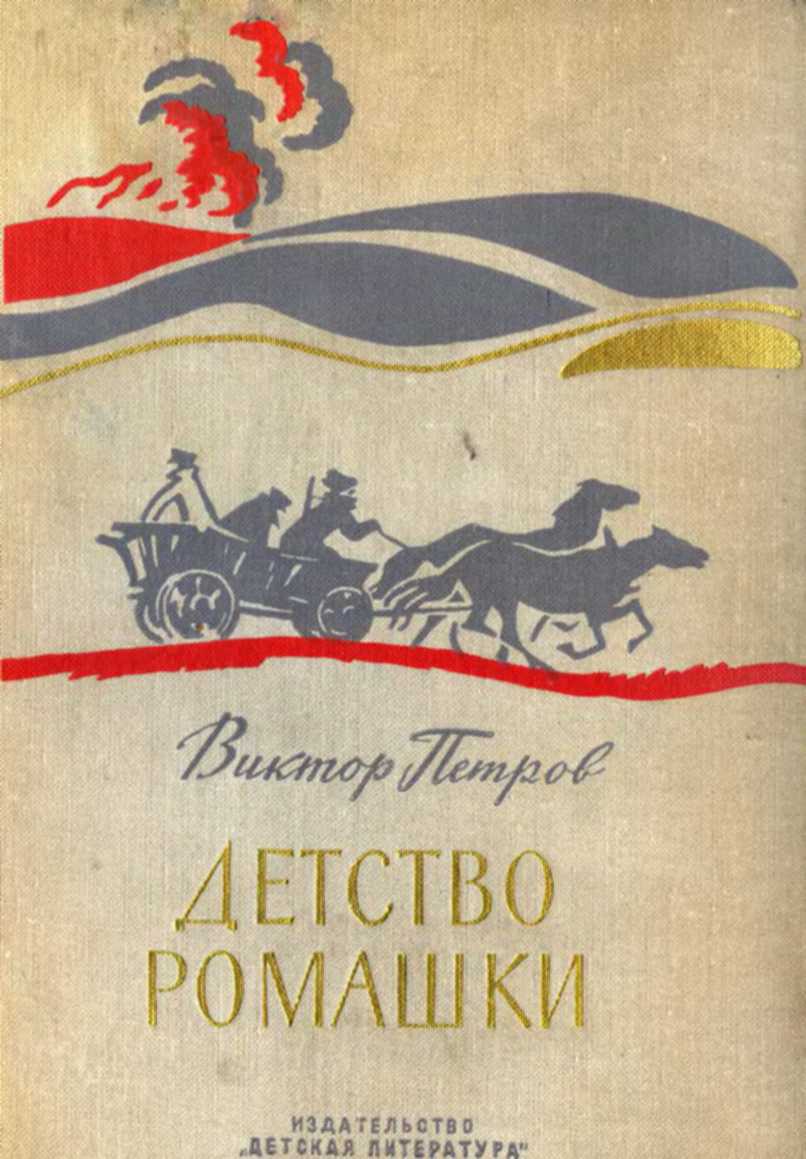Assessing a Decade of Changes in Military Affairs’, in Alfred van Staden, Jan Rood and Hans Labohm (eds), Cannon and Canons, Clingendael Views of Global and Regional Politics, Assen: Royal van Gorcum, 2003; and from a series of articles on Network Centric Warfare, see Frans Osinga: ‘Netwerkend de oorlog in? Network Centric Warfare en de Europese militaire transformatie’, Deel I, Militaire Spectator, JRG 172, 7/8–2003, pp. 386–99; and Frans Osinga, ‘Netwerkend de oorlog in? NCW als product van de revolutie’, Deel II, Militaire Spectator, JRG 172, 9–2003, pp. 433–45.
20 Charles C. Moskos, John Allen Williams and David R. Segal (eds), The Postmodern Military, Armed Forces after the Cold War, Oxford: Oxford University Press, 2000, p. 5.
21 McInnes (2002), op. cit., p. 139.
22 This is not the place to discuss the merits of the RMA thesis. Several critical studies have been published that argue that there either is no RMA, it is irrelevant because it is only due to technical developments, or its effects are only very temporary in light of the enduring complexity of war. See for instance MacGregor Knox and Williamson Murray, The Dynamics of Military Revolution 1300–2050, Cambridge: 2001; and Colin S. Gray, Strategy for Chaos: Revolutions in Military Affairs and the Evidence of History, Portland: Frank Cass, 2002.
23 Andrew Marshall, Testimony before the senate Armed Services Committee, subcommittee on Acquisition and Technology, 5 May 1995. See for an early study also Andrew Krepinevich, ‘From Cavalry to Computer’, The National Interest, No. 37 (Fall 1994), pp. 30–42.
24 Eliot Cohen, ‘A Revolution in Warfare’, Foreign Affairs, Vol. 75, No. 2 (1996), p. 54.
25 Ibid., p. 37.
26 Andrew Latham, ‘Re-Imagining Warfare’, in Craig Snyder, op. cit., p. 219.
27 Ibid., p. 239.
28 John Arquilla and David Ronfeldt, ‘Cyberwar is Coming’, Comparative Strategy, Vol. 12, No. 2 (1993), p. 141. They elaborated on these ideas in an edited volume of studies on information war. See John Arquilla and David Ronfledt (eds), In Athena’s Camp, Preparing for Conflict in the Information Age, Santa Monica: RAND, 1997. This volume includes the article ‘Cyberwar is Coming’.
29 Ibid., p. 146.
30 Ibid., p. 144.
31 Ibid.
32 Ibid., p. 143.
33 Ibid., p. 144.
34 Ibid., p. 152.
35 John Arquilla and David Ronfeldt, ‘Emerging Modes of Conflict’, Comparative Strategy, Vol. 12, No. 4 (1993), p. 158.
36 John Arquilla and David Ronfeldt, Swarming and the Future of Conflict, Santa Monica: RAND, 2000, pp. 21–3.
37 Ibid.
38 William S. Cohen, Report of the Quadrennial Defense Review, Washington, D.C.: U.S. Department of Defense, 1997, p. iv.
39 Joint Chiefs of Staff, Joint Vision 2010, Washington, D.C.: U.S. Department of Defense, 1997, p. 17. For a short description of JV2010 see Major-General Charles Link, ‘21st Century Armed Forces – Joint Vision 2010’, Joint Forces Quarterly, Autumn 1996, pp. 69–73.
40 Second Annual Report of the Army After Next Project, Headquarters US Army Training and Doctrine Command, Fort Monroe, Virginia, 7 December, 1998, pp. 11–13.
41 Cited in Christopher Coker, The Future of War, Oxford: Blackwell Publishing, 2004, p. 41.
42 David Alberts, Information Age Transformation, Getting to a 21st Century Military, Washington, D.C.: Department of Defence, CCRP publications, June 2002, p. 18.
43 Ibid., p. 7.
44 David Gompert, Richard Kugler and Martin Libicki, Mind the Gap, Promoting a Transatlantic Revolution in Military Affairs, Washington, D.C.: National Defence University Press, 1997, p. 4.
45 DoD Report to Congress on NCW, Washington, D.C.: Department of Defense, CCRP publications, July 2001, p. vii.
46 David S. Alberts, John J. Gartska, and Frederick P. Stein, Network Centric Warfare, Washington, D.C.: U.S. Department of Defense, CCRP publications, 1999, p. 90.
47 DoD Report to Congress on NCW, pp. 3–5 and 3–1.
48 Ibid., pp. 3–9 and 3–10.
49 These ‘tenets’ appear in several NCW publications. See DOD Report to Congress, p. i, v, or 3–10.
50 Steven Metz, Armed Conflict in the 21st Century: The Information Revolution and Post-Modern Warfare, Carlisle Barracks: US Army Strategic Studies Institute, April 2000, p. 24.
51 Ibid., p. 87.
52 See for instance David Alberts and Richard E. Hayes, Command Arrangements for Peace Operations, Washington, D.C.: U.S. Department of Defense, CCRP publications, 1995; David Alberts, John J. Gartska, Richard E. Hayes and David T. Signori, Understanding Information Age Warfare, Washington, D.C.: U.S. Department of Defense, CCRP publications, 2001; David Alberts and Richard E. Hayes, Power to the Edge, Command and Control in the Information Age, Washington, D.C.: U.S. Department of Defense, CCRP publications, 2003; and Simon R. Atkinson and James Moffat, The Agile Organization, Washington, D.C.: U.S. Department of Defense, CCRP publications, 2005.
53 See for a good empirical survey, for instance, Robert E. Harkavy and Stephanie G. Neuman, Warfare in the Third World, New York: Palgrave, 2001.
54 This is the contested but nevertheless pertinent argument that historians John Keegan, Martin van Creveld and some others make. See for a concise discussion and refutation Christopher Bassford, ‘John Keegan and the Grand Tradition of Trashing Clause-witz’, War and History, Vol. 1, No. 3 (November 1994). For a recent study in military cultures which highlights the alternatives to the western instrumentalist view of war, see for instance Christopher Coker, Waging War Without Warriors, The Changing Culture of Military Conflict, Boulder, CO: Lynne Rienner, 2003.
55 Kalevi J. Holsti, The State, War, and the State of War, Cambridge University Press, Cambridge, 1996, pp. 14, 15. Others too have described this type of conflict. See for instance Michael Ignatieff, Blood and Belonging, London: Vintage, 1994; and The Warrior’s Honor, London: Vintage, 1999; or Robert D. Kaplan, The Coming Anarchy, New York: Vintage, 2001.
56 Holst, op. cit., p. 18.
57 Mary Kaldor, New & Old Wars, Organized violence in a Global Era, Cambridge: Polity, 1999.
58 Mary Kaldor, ‘Introduction’, in Mary Kaldor (ed.), Global Insecurity, London: Cassell/Pinter, 2000, pp. 5–6.
59 Ibid.
60 Kaldor, (1999), op. cit., p. 9.
61 Martin van Creveld, The Transformation of War,





